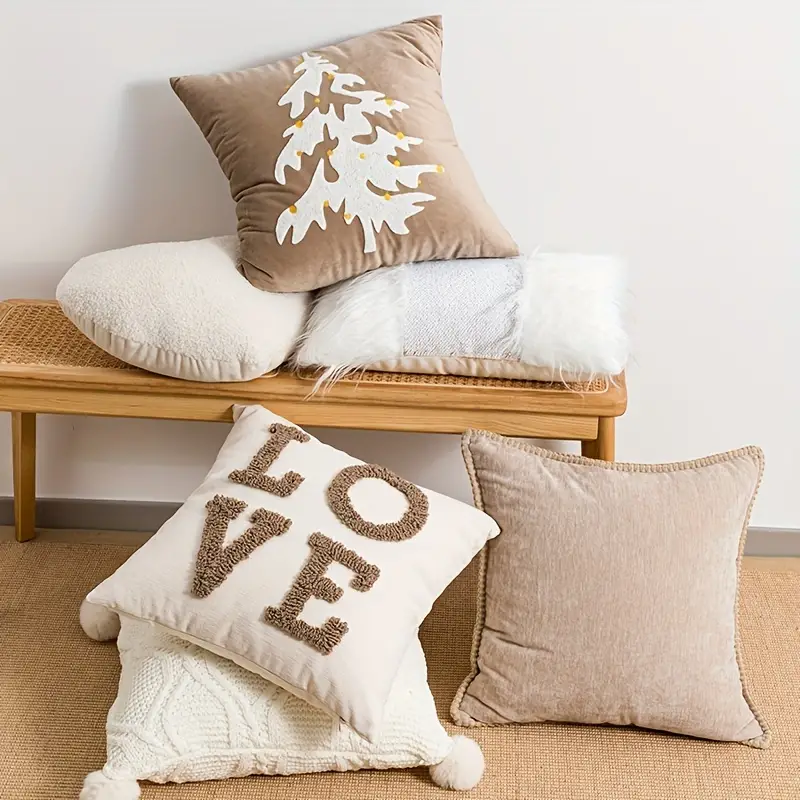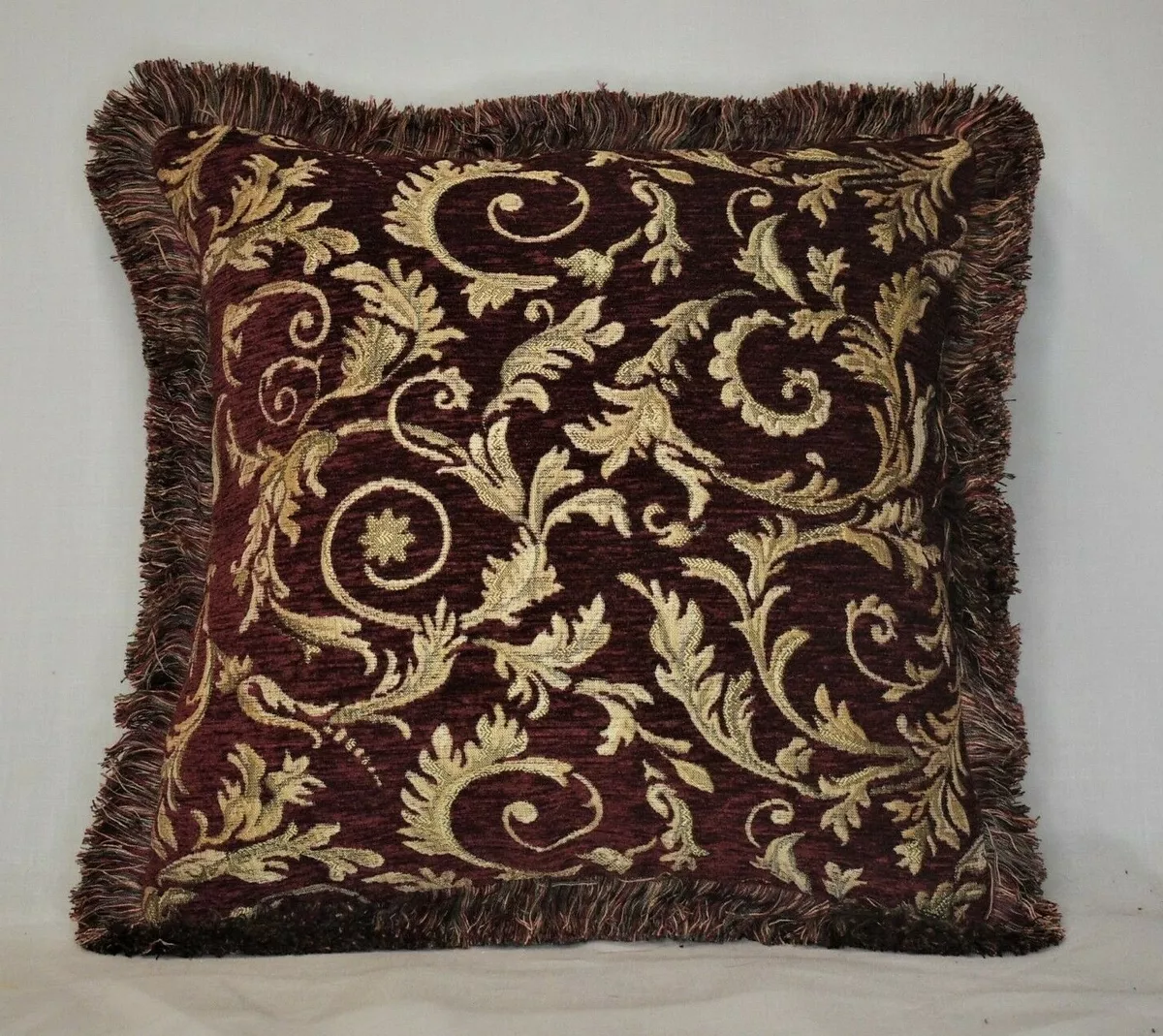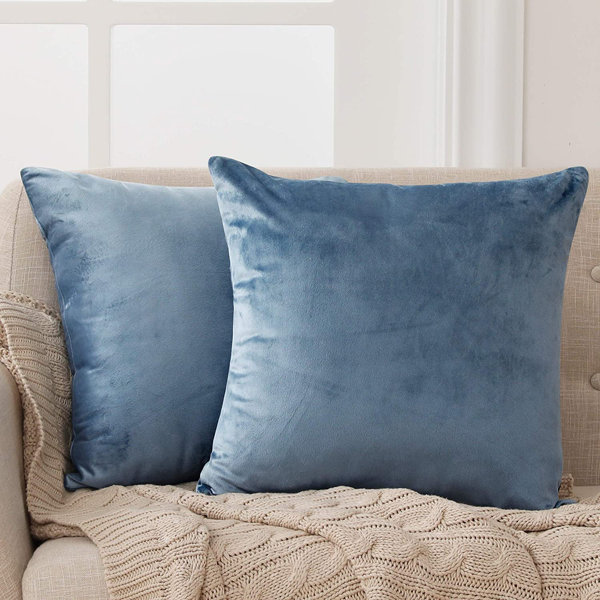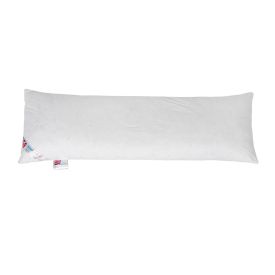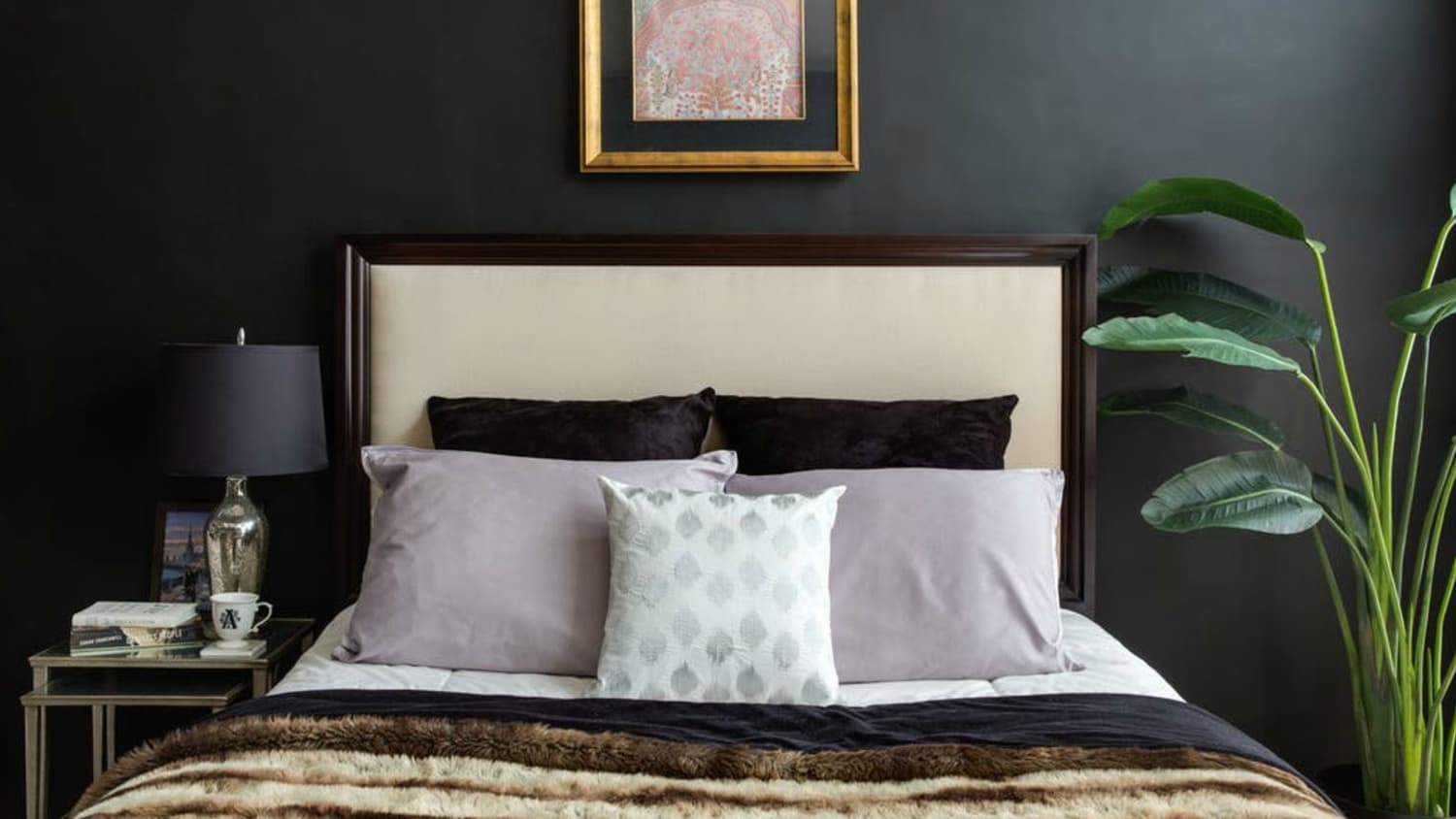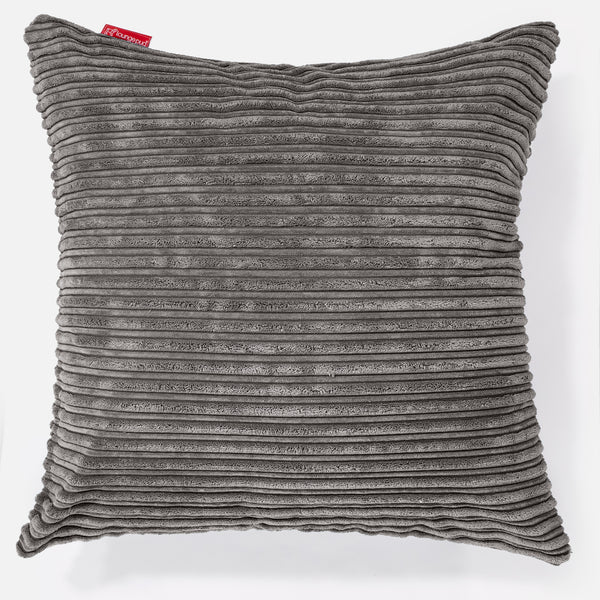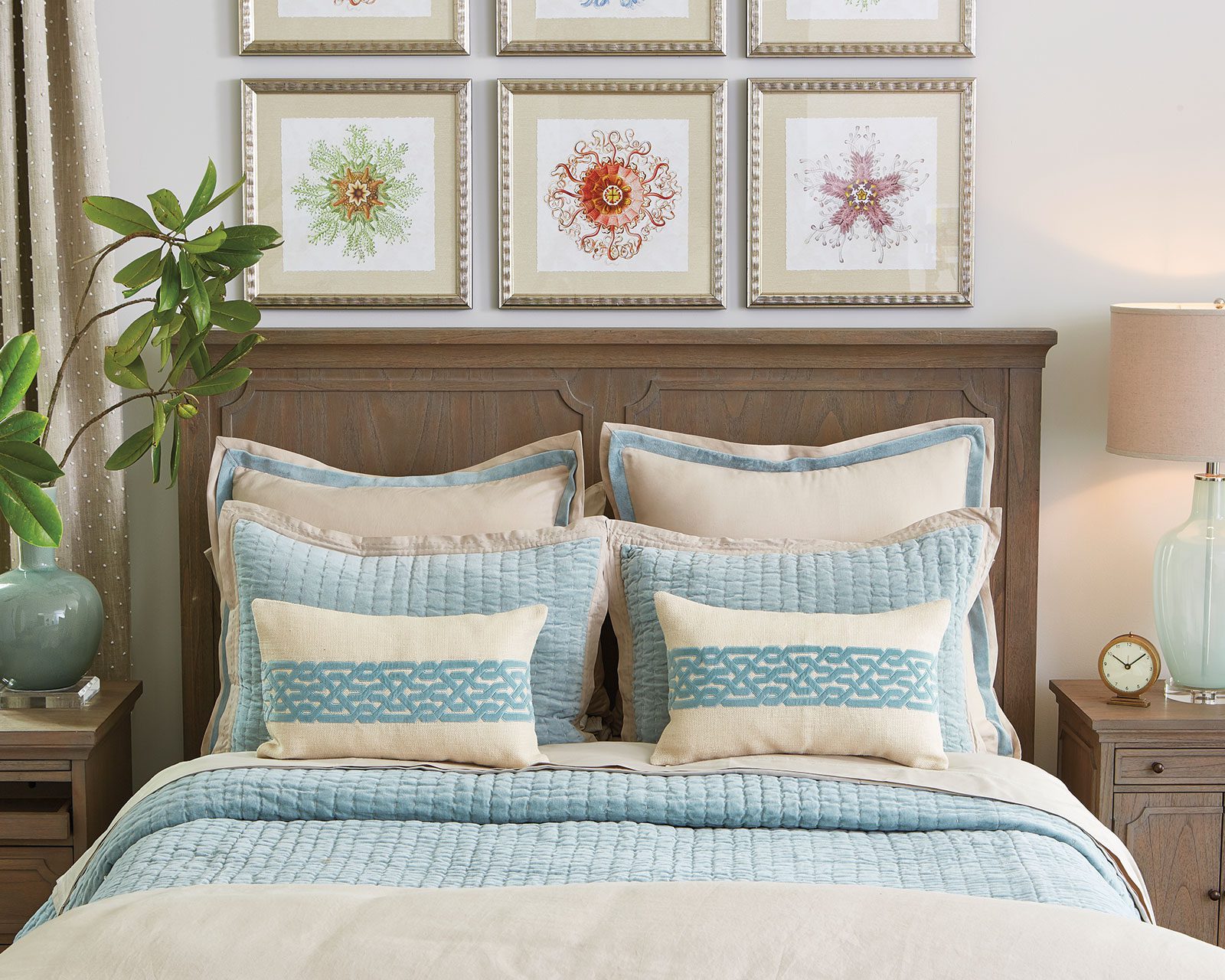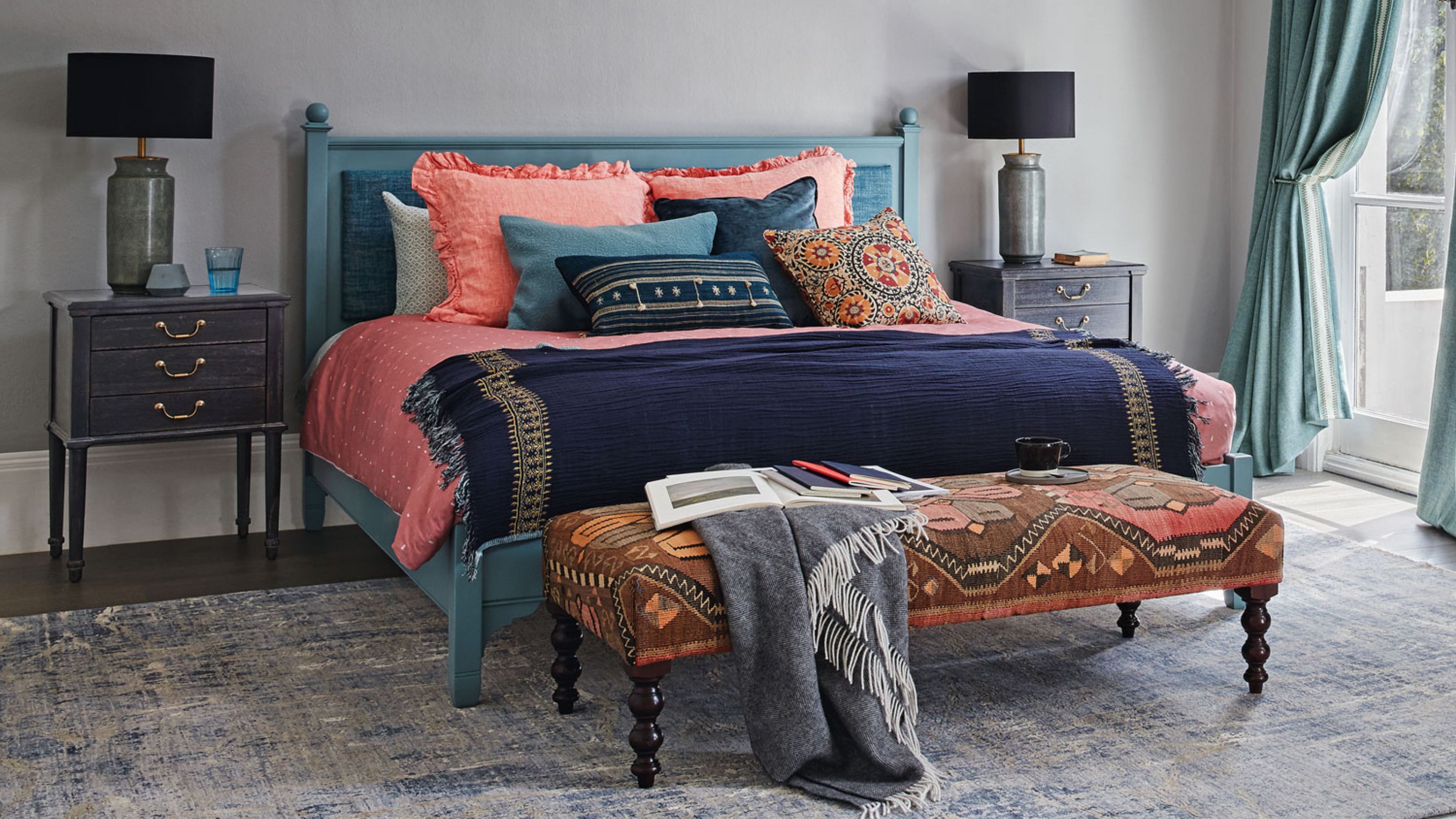
Large Throw Pillows, Grey Purple and Blue Lumbar Decorative Pillow for Bed Decor, Square Couch Pillows Sets, Sofa Cushions or Covers - Etsy UK
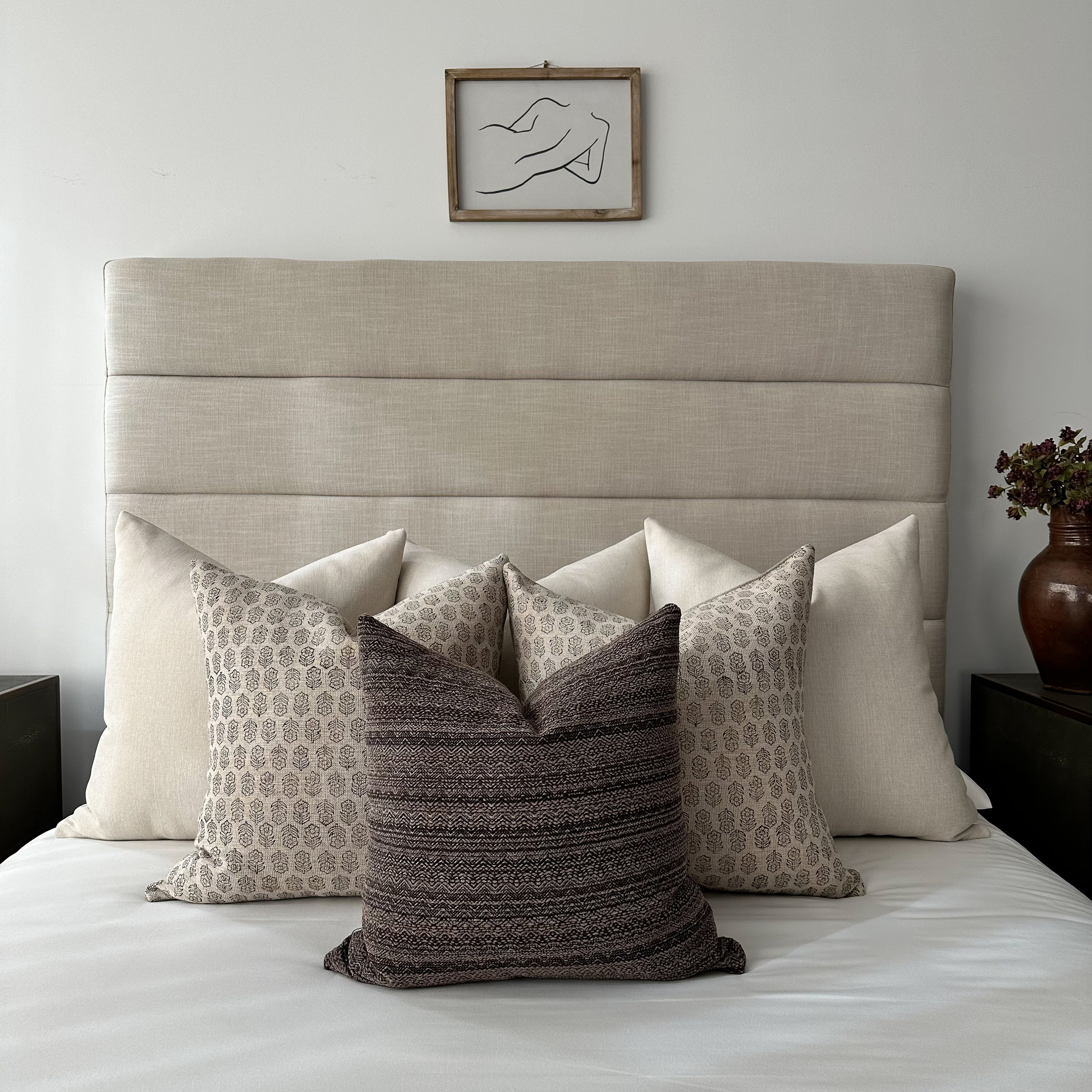
Bed Pillow Combo Warm Embrace, Bed Pillow Set, Decorative Pillow Covers, Bed Pillow Covers, Designer Pillow Covers, Bed Sets, HACKNER HOME - Etsy UK
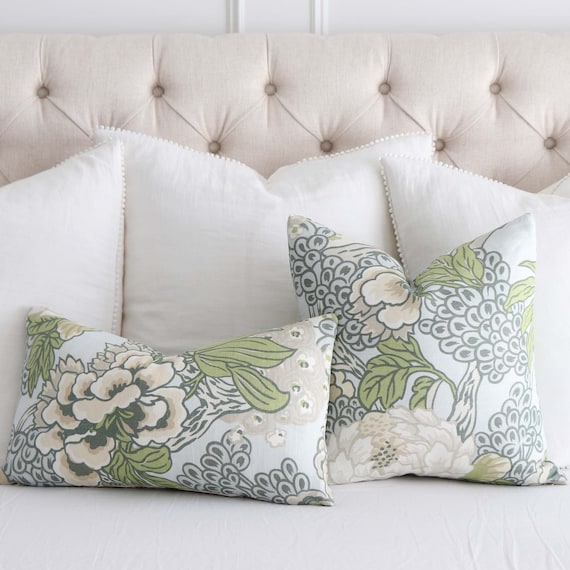
Light Blue Floral Throw Pillow Cover Case, Large Garden Print Lumbar Cushion, Botanical Decor Bedroom Bedding, Thibaut Honshu Robins Egg - Etsy UK
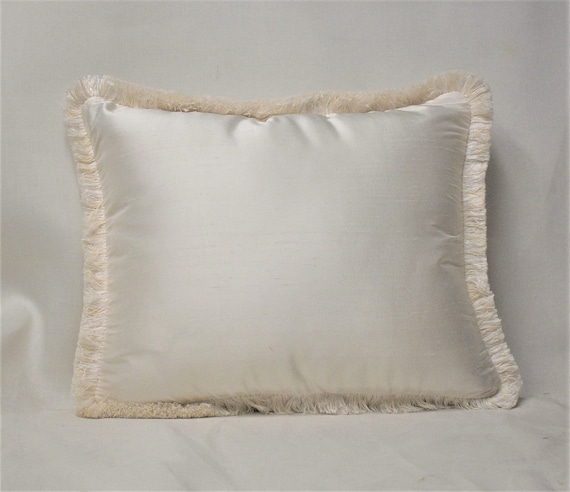
Large Ivory Decorative Throw Silk Pillow With Fringe for Sofa Chair Couch or Bed Handmade in Usa - Etsy UK

Cobalt Blue & Purple Floral Throw Pillows, Colorful Large Decorative Accent Pillow for Bed Decor, Couch Pillows Set or Outdoor Sofa Cushions - Etsy UK

CASA BOHO Throw Pillow Cover 24x24 Oversized Decorative Throw Pillows Bohemian Pillow Cover Large Decorative Pillows for Bed Chunky Knit Wool Pillow Cover Only : Amazon.co.uk: Home & Kitchen

Navy Blue & Teal Throw Pillows Small Decorative Accent Pillow for Bed Decor, Large Sofa Cushions or Blue Outdoor Couch Pillows - Etsy UK
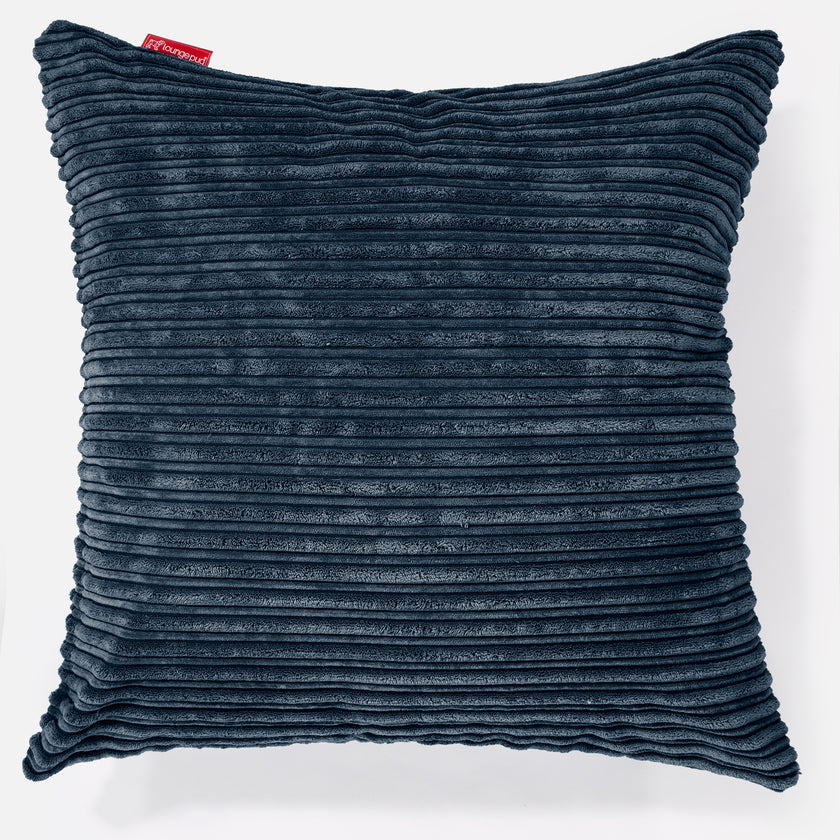
Lounge Pug Extra Large Scatter Cushion 70 X 70cm Cord Navy Blue Decorative Pillow Square Sofa Cushions– Big Bertha Original UK

Home Brilliant Yellow Cushion Covers 65cm x 65cm Mustard Decorations Soft Corduroy Large Decorative Pillows for Bed, 65 x 65, 26 inches, Set of 2, Yellow : Amazon.co.uk: Home & Kitchen

HAUSSY Beige Large Decorative Throw Pillow Covers 26x26 Inch Set of 2,Soft Solid Corduroy Striped Cushion Case,Square Euro Pillow Shams,Modern Neutral Home Decor for Couch,Bed : Amazon.co.uk: Home & Kitchen

Gray Black and Blue Throw Pillows or Cover, Decorative Pillow for Bed Decor, Big Couch Pillows Set, or Large Outdoor Pillow Sofa Cushion - Etsy UK




